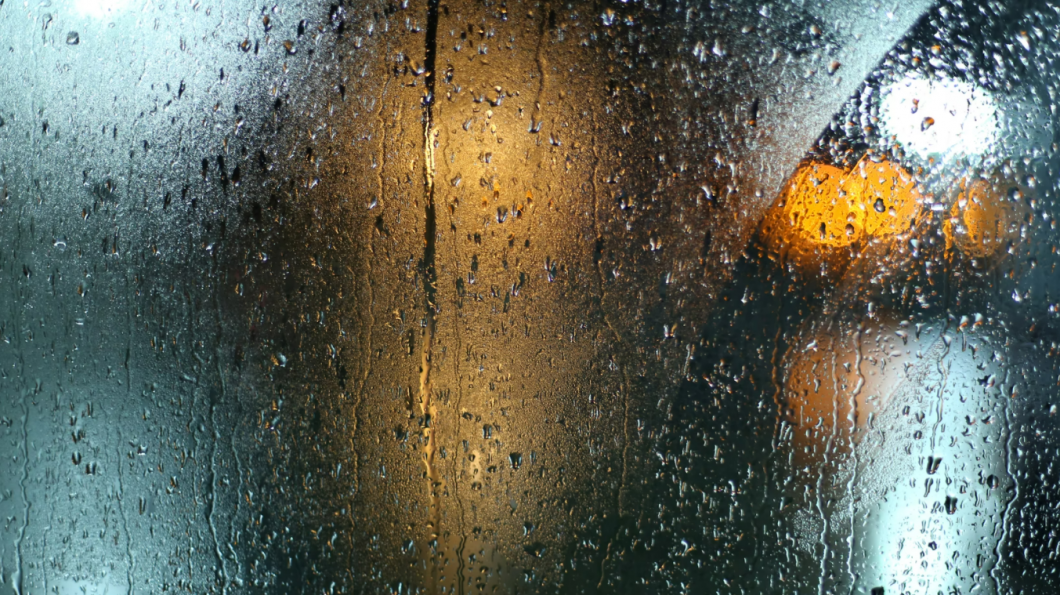Water is one of the most destructive forces in nature. You might think that you are protected against water damage in your home, but statistics show this just isn’t true.
About one in 50 homeowners file insurance claims for losses related to water damage, and that number has been growing since the beginning of the century. However, much of that water damage could be prevented if homeowners had the right knowledge and tools to do so. Identifying some of the things that commonly cause residential water damage will allow you to protect your home in the future.
Causes
Plumbing Problems
Most of the water that your home is exposed to runs through your plumbing system. A plumbing system in good repair is capable of containing water with ease. However, broken, damaged, or burst pipes can pose a serious threat to the structural integrity of your home.
It’s important that you inspect your plumbing system throughout the year to check for leaks or signs of damage. If you suspect even a small amount of damage, call in a professional for a more indepth inspection. They’ll be able to repair small issues before they become expensive problems. If you keep your pipes in good condition, you can reduce the risk of residential water damage.
HVAC Damage
Another potential source of water damage in your home is your HVAC system. An air conditioner can break and leak water into your home. Heavy rains can also cause your HVAC unit to leak.
Routine maintenance and service performed by an experienced HVAC technician will help keep your HVAC unit in good repair. This will help prevent floods within your home. In the event that your HVAC unit does spring a leak, you should contact a water damage restoration specialist quickly to help minimize the damage within your home.
Structural Damage
Older homes can suffer residential water damage as a result of structural damage. Moisture can infiltrate your home through cracks in your foundation or crawl space. This moisture contributes to the development of mold and mildew that can have an adverse effect on your health.
It can be helpful to install a flood alarm that will alert you to possible water damage. A flood alarm lets you address the source of the moisture and reach out to a restoration specialist to help you repair any damage to your home.
Act Fast
Water damage is a homeowner’s nightmare, but many people are unaware of just how fast this can occur. Heavy rainstorms are a common cause of flooding in homes, and even a minor plumbing problem can turn into a major disaster if enough water leaks from the pipes. Whether your home’s hot water heater burst or the roof sprung a leak, understanding how fast water can damage your home helps you to take care of the problem before permanent damage sets in.
Try to Prevent Immediate Damage
The damage that water causes starts to happen within the first moments that the drops hit the materials in your home. Water can cause paint to run or bubble up, wood to warp, and carpet to stain as soon as it soaks through the surface. If possible, try to minimize the damage by shutting off the water at its main valve. If the damage is coming inside from a flood, then try to block water by using whatever materials you have around the house.
Start the Clean Up Within 24-Hours
You’ve got less than a day to start getting the water out of your house before it begins to create more serious types of damage. This is why you’ll find that 24-hour water mitigation services are available that can help you start the clean up process no matter what time of day or night the emergency occurs. Beginning the drying process as early as possible can prevent mold build up and other problems that happen when you let the water continue soaking into the building materials.
Allow for Plenty of Time to Dry
The average home usually takes several days to dry. This is because you need to give the water removal equipment time to draw out moisture from the deeper layers of the home’s building materials. Water often seeps into the underlying foam pads of carpeting, and it can go deep into the drywall.
Depending upon the extent of the flooding, your home could require three to five days of drying out time, or potentially more. Parts of the house that are less soaked or that are well ventilated may need only a couple days. However, it’s usually a good idea to let them dry for longer than you expect. After that, you’ll still want to check to make sure that every part of the area is completely dry before you begin moving the furniture and other items back inside.
Soggy building materials can’t support the structure of your house, and mold can lead to serious health problems, especially if anyone in your family has allergies or respiratory issues like asthma. Because of that it’s very important that all areas of your home have plenty of time to completely try out.
Never let water sit for longer than necessary around your house. Cleaning up water as soon as possible helps you to preserve your home’s value and protect the health of everyone who lives in your house. A lot of residential water damage can be prevented, but there are some types of damage that are beyond your control. No matter the source of the damage, an experienced restoration specialist can help you eliminate all evidence of water damage and return your home to its original condition.

